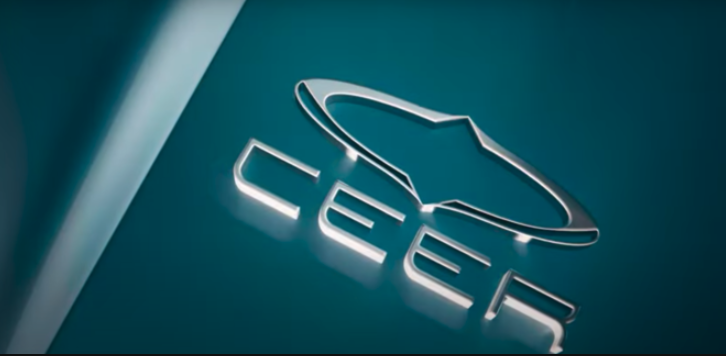RIYADH: Arab stock markets experienced a boost in trading values in October, with a monthly increase of 16.35 percent, according to the latest report by the Arab Monetary Fund.
The AMF’s monthly bulletin showed that the total trading values soared to $97.1 billion, up from $83.5 billion in September.
This surge came despite a slight overall dip of 0.57 percent in market capitalization, which ended the month at $4.27 trillion.
The gains were not universal, however, as 10 stock exchanges recorded increases in trading value, while four saw declines.
Market winners: exceptional growth in trading value
Oman’s Muscat Securities Market emerged as the top performer, registering a 185.03 percent increase in trading value. The market’s total value jumped to $515.7 million in October, compared to just $180.9 million in September.
Tunisia followed closely with a 161.66 percent rise, driven by robust investor activity, while Abu Dhabi’s financial market saw trading values almost double, with a 97.56 percent increase to reach $18.52 billion.
Other notable performers included Iraq, where trading values climbed by 52.57 percent, and Qatar, Oman, and Casablanca each recording double-digit percentage increases.
Smaller but meaningful gains were observed in Kuwait at 13.89 percent and Saudi Arabia at 4.69 percent.
Despite the widespread rises, Bahrain, Damascus, and Beirut faced steep declines in trading value. Bahrain was the worst hit, experiencing a 65.57 percent drop, followed by Damascus with a 50.13 percent decline and Beirut with a 43.86 percent dip.
Index movements: Iraq takes the lead
The performance of individual market indices highlighted the uneven landscape across the region.
Iraq Stock Exchange: The standout performer with a 12.39 percent rise in its index, reflecting strong market sentiment and heightened investor interest.
Damascus Securities Exchange: Achieved a 6.99 percent increase in its index, maintaining its growth streak.
Dubai Financial Market: Recorded a 1.94 percent uptick, signaling stability in the UAE’s financial sector.
Muscat Securities Market: Saw a modest index increase of 0.83 percent, correlating with its strong performance in trading value.
Indices in several major markets experienced declines:
Saudi Stock Market: The index fell by 1.67 percent, reflecting cautious investor sentiment.
Egypt’s EGX30: Dropped by 2.94 percent, despite improved trading values.
Casablanca: Declined by 1.42 percent.
Palestine: Down 1.27 percent.
Market capitalization: Mixed signals amid trading gains
Despite the surge in trading activity, the overall market capitalization across Arab stock markets contracted slightly by 0.57 percent, settling at $4.27 trillion.
The Saudi market led the decline, shedding $23.86 billion in capitalization, while Abu Dhabi’s market lost $12.27 billion. Tunisia and Palestine also reported decreases.
Oman stood out among the gainers, achieving an 11.85 percent increase in market capitalization, followed by Damascus at 6.42 percent and Iraq at 6.08 percent, underlining their robust performances during the month.
External influences shape regional performance
The markets’ performance mirrored global trends, with major international indices reflecting mixed results.
The MSCI Emerging Markets Index declined by 1.54 percent, while the S&P 500 and FTSE also posted slight losses of 0.99 percent and 1.54 percent, respectively.
These fluctuations were compounded by ongoing regional challenges, including interest rate adjustments. Several Arab central banks lowered interest rates in September, boosting liquidity and supporting trading activity.
Geopolitical tensions also had an impact, with uncertainty in the Middle East, including potential disruptions in oil trade through the Red Sea, impacting investor sentiment.
Energy market dynamics saw volatile oil prices, influenced by production adjustments from OPEC+ and global demand concerns, add another layer of complexity.
A resilient outlook for Arab markets
October’s results underscored the resilience and adaptability of Arab stock markets amid global and regional challenges.
While trading values surged, the market still faces external pressures, such as global economic uncertainty, oil market fluctuations, and geopolitical risks.
Nonetheless, the substantial recovery in trading activity highlighted the potential for sustained growth and development in the region’s financial sector.
As the year progresses, market watchers will closely monitor how Arab exchanges navigate these challenges, balancing internal reforms with external influences to maintain momentum.
This performance sets the stage for a promising end to 2024, with opportunities for further investment and regional financial integration.























